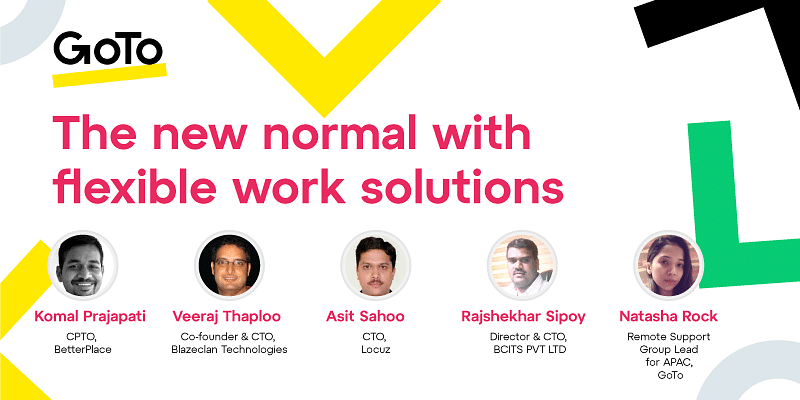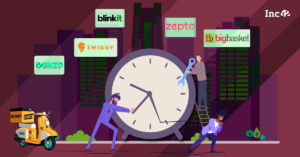Flexible working, once a buzzword, is fast becoming the new normal for workforces across the globe. As per a recent EY survey, 69 percent of employee respondents in India said they would choose flexibility in work timings, while 76 percent want flexibility in work location. While organisations are ensuring this trend continues, their IT teams need to be empowered to provide fast and efficient support for these flexible ways of working.
To discuss solutions that enable enterprises and SMBs to seamlessly connect with customers no matter where they are, GoTo and YS presented a roundtable titled ‘The new normal with flexible work solutions’ featuring Komal Prajapati, CPTO, BetterPlace; Veeraj Thaploo, Co-founder and CTO, Blazeclan; Technologies; Asit Sahoo, CTO, Locuz; Rajshekhar Sipoy, Director and CTO, BCITS; and Natasha Rock, Remote Support Group Lead for APAC, GoTo.
New trends and the future of work
Living in a hybrid world, today it has become very important for people to be productive, no matter where they are, said Komal. There have to be tools which can accommodate the hybrid mode of working. “Not just videoconferencing, but also on the collaboration front. I think that’s one of the areas where things are evolving. They are moving towards enabling the phygital mode of working and collaborating,” he explained.
Organisations are re-looking at how they want to handle remote work culture. Veeraj added that it has given rise to intel and data concerns since people are working remotely so zero trust technologies, which are possible to implement anywhere and everywhere, are useful. “If you’re actually connecting to any kind of network, it will still connect you back to your office network seamlessly. Collaboration tools like Teams or Slack, are maturing to a new level of file sharing and components. It’s easy and seamless,” he said, adding that while technology is evolving, there are challenges.
“People are working across regions and geographies. Working in a sensitive and critical environment needs a second level of governance. There should be tools which can monitor remotely and govern what a person is doing in a particular environment,” said Veeraj.
Echoing similar sentiments, Rajshekhar added that there has been a cultural shift where companies have moved to hybrid mode and to meet this cultural shift, companies require multiple tools and technology trends. Out of these trends, three have grabbed the most limelight – security, physical systems comprising a virtual desk and a cloud desk, and automation. Asit agrees that automation is gaining traction. He notes that businesses have realised that their growth depends on them transforming themselves to a digital enterprise. The trend is giving rise to self healing platforms. “What I see today is that the AI Ops is slowly maturing which is automating the operation,” he added.
Summing up the topic, Natasha outlined four trends. “One is how your employees connect to one another, and to your customers, so that they can communicate and collaborate, regardless of location, device or network. Second is how enterprises serve their digital-savvy customers, who want instant gratification. Third is empowering IT teams or internal IT teams to support a remote workforce. And lastly, securing the environment. Zero trust needs to be applied across all applications and solutions, where nobody is able to perform, access any customer data or employee data without verification,” she explained.
Coping in the new normal
Most companies quickly had to re-strategise in order to make the most of the new normal. BetterPlace, a blue-collar workforce management platform, realised there were definite advantages in switching to digital ways of working. They converted their processes and hiring funnels and also the ways of engaging employees to a very low-touch model. “As a business, we have seen a massive shift in mindset and adoption and we’ve been growing on that tailwind at this point of time. The newer way of doing things digitally is definitely something which is offering massive value over the physical way for blue collar workforce management,” shared Komal.
Organisations are primarily divided into three sets – one which adopts new technologies very fast, the second segment of customers are the semi-regulated ones which don’t have harsh regulations and will adopt new technology only after watching the trend, and the final segment includes companies that are very cautious before they really move to newer technologies, irrespective whether it’s cloud or not. These are the regulated companies.
Noticing a global trend where technology is being adopted by the regulated companies segment, Veeraj highlighted, “They are adopting technology and the cloud in a very, very rapid way. We saw a host of communication tools and they were adopted at a very fast pace. A huge set of tools and technologies like remote HR management, attendance, approval processes and project management tools, remote project management tools, and collaborative project management tools saw a strong uptick during the pandemic.”
While there are tools to help businesses cope, security remains a challenge. Asit added that today SASE (Secure Access Service Edge) plays a very important role in securing data. He also focused on the subject of zero trust network, a segmentation of application access involvement and user access, that should give visibility as well as auditability. The combination of this ensures that we know who can access each and every information and everything is monitored. CASB (Cloud Access and Security Broker) should be in place, along with SOAR (Security Orchestration, Automation, and Response).
“GoTo narrowed down to two main goals – connection and support,” said Natasha. These two goals should be agnostic of the location, devices and it should be possible anyhow. “As part of GoTo Connect, we provide companies with a communication and collaboration solution that will connect our flexible workers with each other and with our customers. On the support side of things, we have a product solution called GoTo Resolve that helps employees get resolutions to issues they might have on their computers or whatever device they’re working on, no matter the location. So for customers, IT teams are able to connect to their employees, as well as connect to their customers and resolve issues remotely,” she explained.
Rajshekhar added that they adopted digital reading for water, gas, and telecom during the pandemic. The meter reading of electricity usage is sent to the central cloud system, where the bill is generated and it is being sent to various nodes like even Amazon through which customers can make the payment. Rajshekhar also spoke about a smart meter, where customers can top up with currency for their meter like they do for their mobile phones.
The way ahead
GoTo launched a unified portfolio of communication and clubbed it to their remote support portfolio as well as a collaboration portfolio. “We’ve connected the two – GoTo Connect and GoTo Resolve. And this has been entirely built around the SMB ecosystem. These are products that can be deployed within minutes, they’re just ‘plug and play’ applications that can be set up with a username and password. Today, we’ve got over 1 billion people who are daily active users of our solutions and over 800,000 customers using our portfolio of products,” noted Natasha.
Speaking about the future of flexible work, Komal remarked that companies should have the metric around employee productivity, collaboration, social and mental health, and security. Veeraj added that companies need to look at technology and tools to solve their problems. “That’s the only way you can solve them at scale,” he signed off.





![Read more about the article [Funding alert] Rural retail aggregator SuperK raises Rs 6 Cr in seed round led by STRIVE VC](https://blog.digitalsevaa.com/wp-content/uploads/2021/04/Imaget5kk-1618462844876-300x150.jpg)




